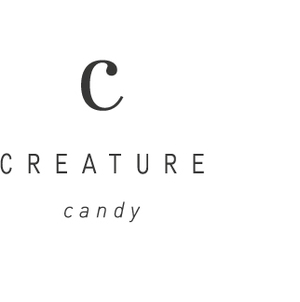By Ashley James.
A Bit About Me
I have always been fascinated by wildlife, from the first time my granddad took me out in the countryside looking at butterflies, listening to the melodic calls of whitethroats and the shrieks of skylarks being spooked by passers-by. This got me hooked and the addiction to wildlife has expanded to me pursuing a career within the conservation industry. I have been an ecological consultant for 5 years now; I’m starting to feel old. This is where my fascination comes from for a furry critter which is so god damn cute but yet often forgotten about, as we rarely see them because they’re so elusive. That is none other than the Hazel Dormouse. Here I’m going to talk about these critters and how we can help them.
My Journey to Help Save the Golden Jewels
It all started about 4 years ago when I worked as a countryside advisor, and we had a visitor put up what I thought was a bird box on the tree facing the wrong way. My naivety got the better of me and I questioned the height and location of the box. I then got put down a peg when she said these are for dormice and to come check in a month to see if we have any, and I was not disappointed! The fluffiness and cuteness got me thinking if I did not know about these, then I am sure a lot of people don’t! So, I made it my mission to raise awareness and learn about their behaviours. This took me on a journey making new friends and a community of passionate conservationists that I never knew existed, going above and beyond to protect these beauties.
This group is known as the PTES. This stands for People’s Trust for Endangered Species. They have a national network of volunteers which help monitor the population and abundance of the hazel dormouse. They go out in all weathers to help put up boxes in new locations, this often means going into the deep dark scrub! I have had so many thorns I dread to think, I’m probably 75% bramble now ha-ha! They are always looking for volunteers to help and it does not take much, one weekend a month which is not that bad! Getting out in the scrub looking for cute animals; what more could you want!
But remember, you will have to be accompanied by a licensed dormouse handler or be under the license. This is because they are endangered and can become really stressed when handled, so being able to confidently handle these animals in an efficient manner to minimise the stress is paramount for the animal’s welfare, as the dormouse is going to think it’s being hunted!
I’ve been lucky enough to have a license to handle these for the last 3 years. As part of my job as a consultant we have to survey for these to see if they are present within the hedgerows on site. If they are present then we let the developers know and they must mitigate for them; instead of removing the hedgerows they will have to either retain or include new planting to preserve the hazel dormouse habitat. See, not all superheroes wear capes! Now less about me more about the hazel dormouse.
Dormouse facts
Hazel dormice are small, native rodents with golden-brown fur, large black eyes and long whiskers. They are the only small British mammal with a furry tail. Dormice are active in late spring, summer and early autumn in the trees and shrubs canopy, and hibernate in nests on the ground over winter.
Dormice can be found in a variety of habitats and landscapes, particularly old managed woodlands linked by continuous hedgerows. Their long-term decline reflects the loss of many old woodlands over the last century, the lack of management of those that are left, and the removal and neglect of hedgerows no longer needed to enclose stock.
(Non-native fat or edible dormice are also present in Britain. They were introduced from Europe in 1908 and live in woods around Tring in Hertfordshire. These dormice can occupy houses and damage trees and can be a pest.)
Hazel dormice feed on shrub flowers in spring, insects over summer, and fruit and nuts in autumn. Their specialised diet isn’t available over winter, so they hibernate on the ground for about five months until spring.
Such a long hibernation reduces their active period and they generally produce only a single litter (although they may occasionally produce two litters) of four young, usually in August or September. On average dormice live for three years, but they can live up to five years in the wild.
When hazel dormice are active, they are fully arboreal and nocturnal. Moving at night through the often poorly connected trees and shrub canopy can be challenging, so dormice don’t travel very far to feed and are relatively sedentary in their woodland homes. When they disperse as juveniles, they need good tree, shrub and hedgerow connectivity within their home woodland or beyond it.










